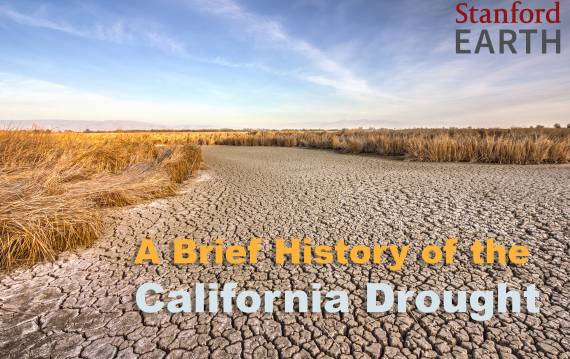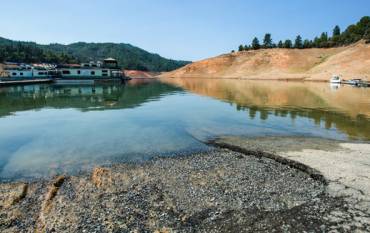Fresh Water Resources
January 11, 2016
A team led by Stanford Earth groundwater expert Rosemary Knight and faculty colleague Adam Pidlisecky from the University of Calgary performed an ambitious experiment to determine the extent of ocean saltwater intrusion into freshwater aquifers in the Monterey Bay region with unprecedented resolution.
January 11, 2016
Stanford Woods Institute for the Environment
December 4, 2015
Stanford School of Earth, Energy & Environmental Sciences

November 13, 2015
A new study coauthored by Prof. Noah Diffenbaugh and graduate students Justin Mankin and Deepti Singh finds that as greenhouse gas emissions and global temperatures continue to rise, mountain snowmelt will decrease.

October 30, 2015
Rosemary Knight, in collaboration with Aqua Geo Frameworks and the Tulare Irrigation District, recently used a new imaging technology to find water hidden hundreds of feet underground in California's drought-ravaged Central Valley.
September 2, 2015
Stanford School of Earth, Energy & Environmental Sciences
March 2, 2015
Stanford School of Earth, Energy & Environmental Sciences
- 1 of 2
- next ›
Subscribe to Earth Matters
A free monthly bulletin for your inbox












